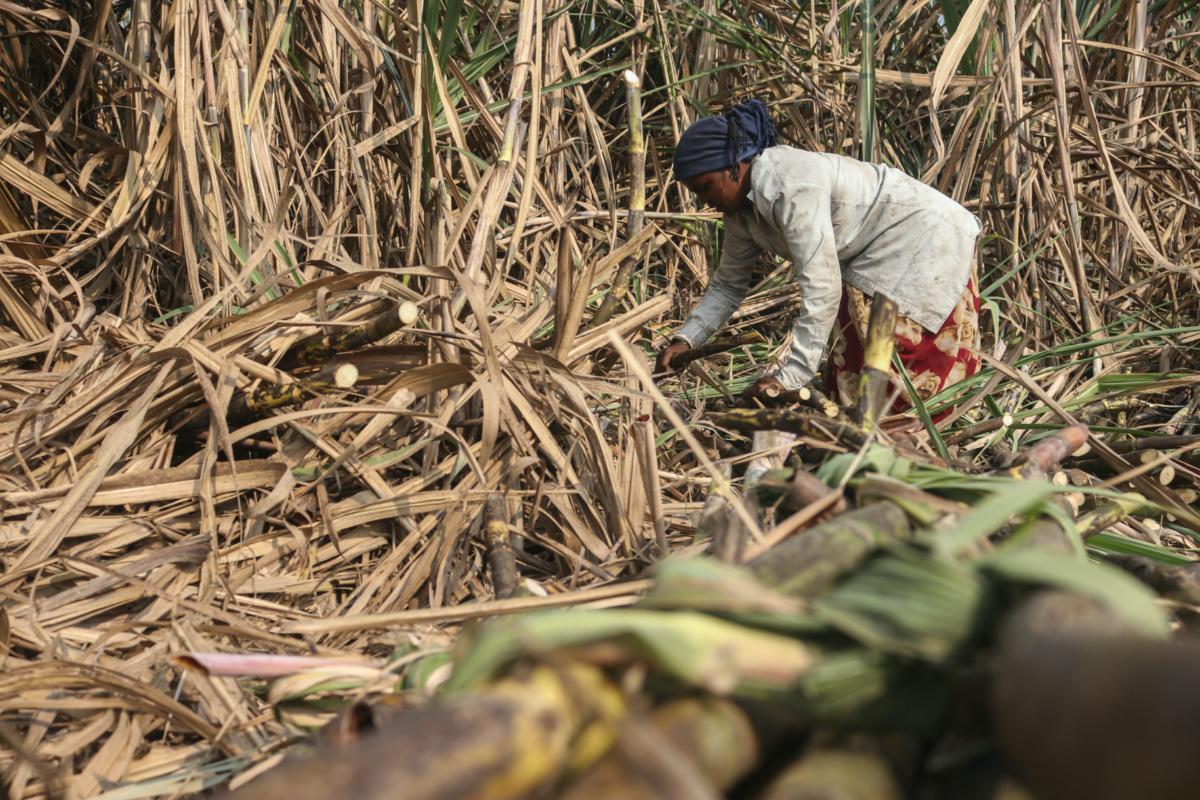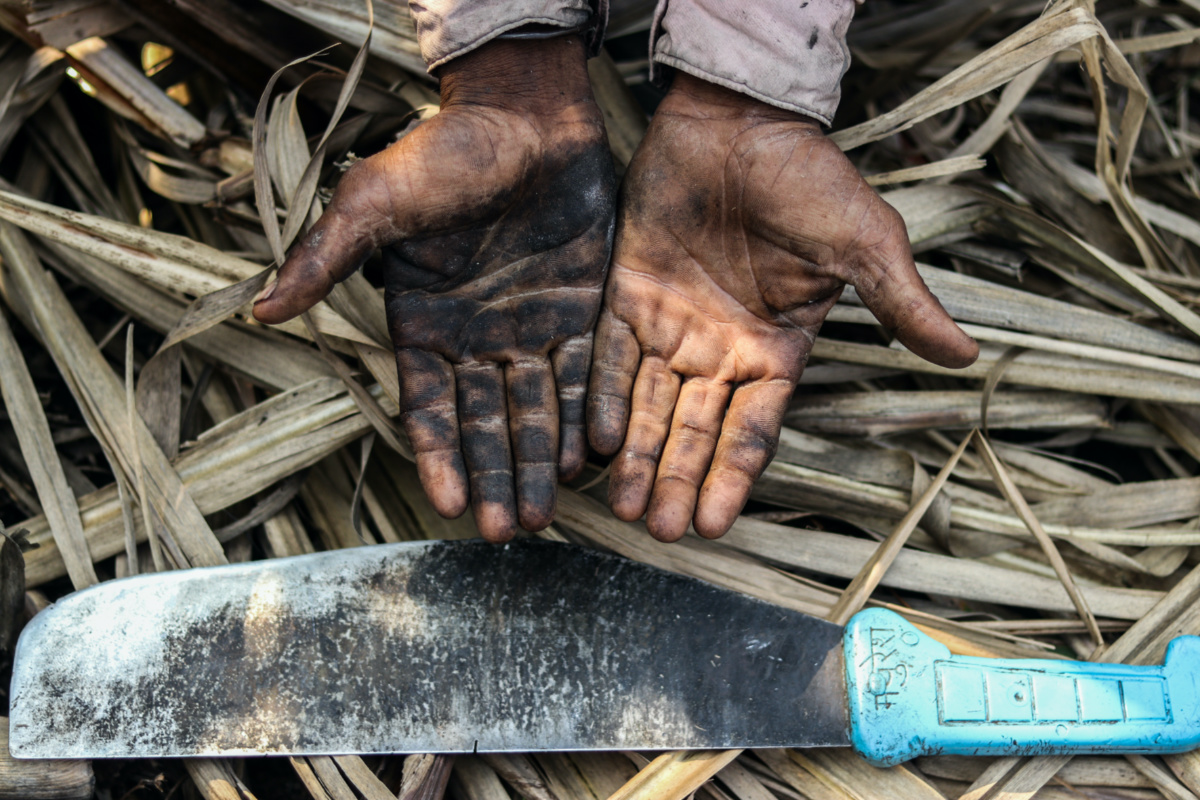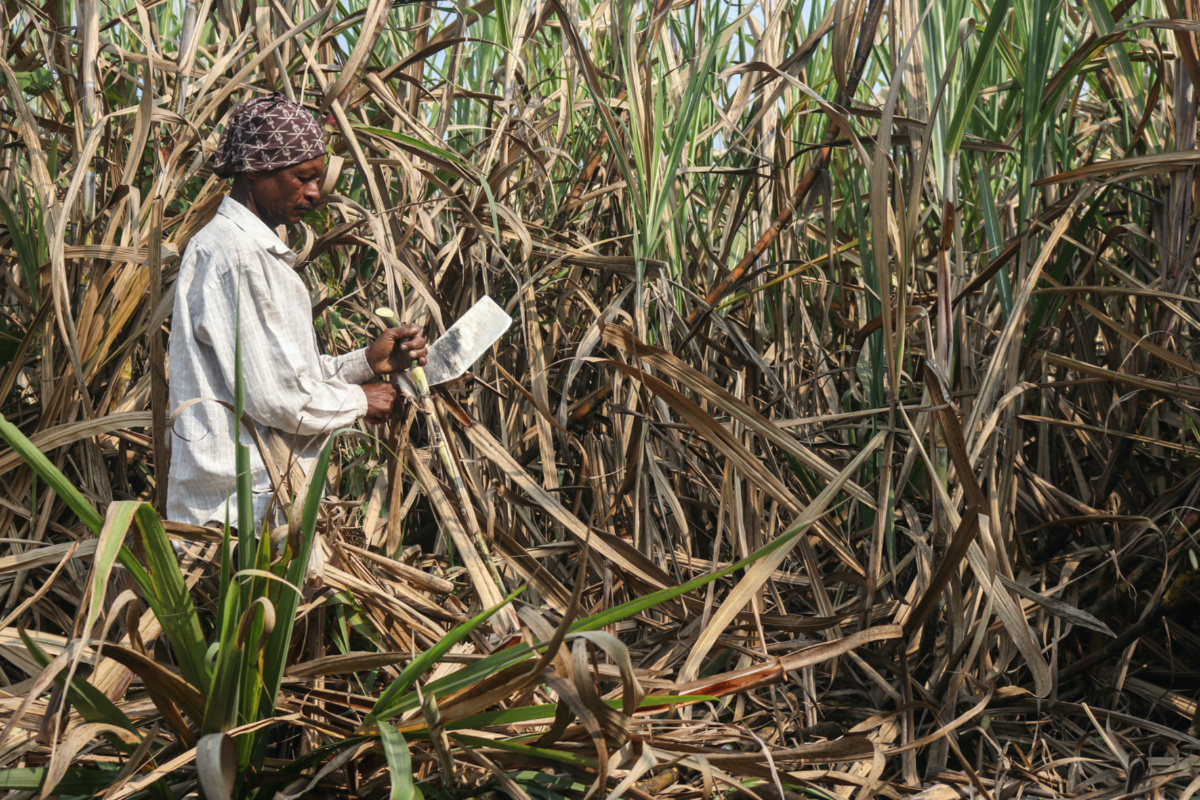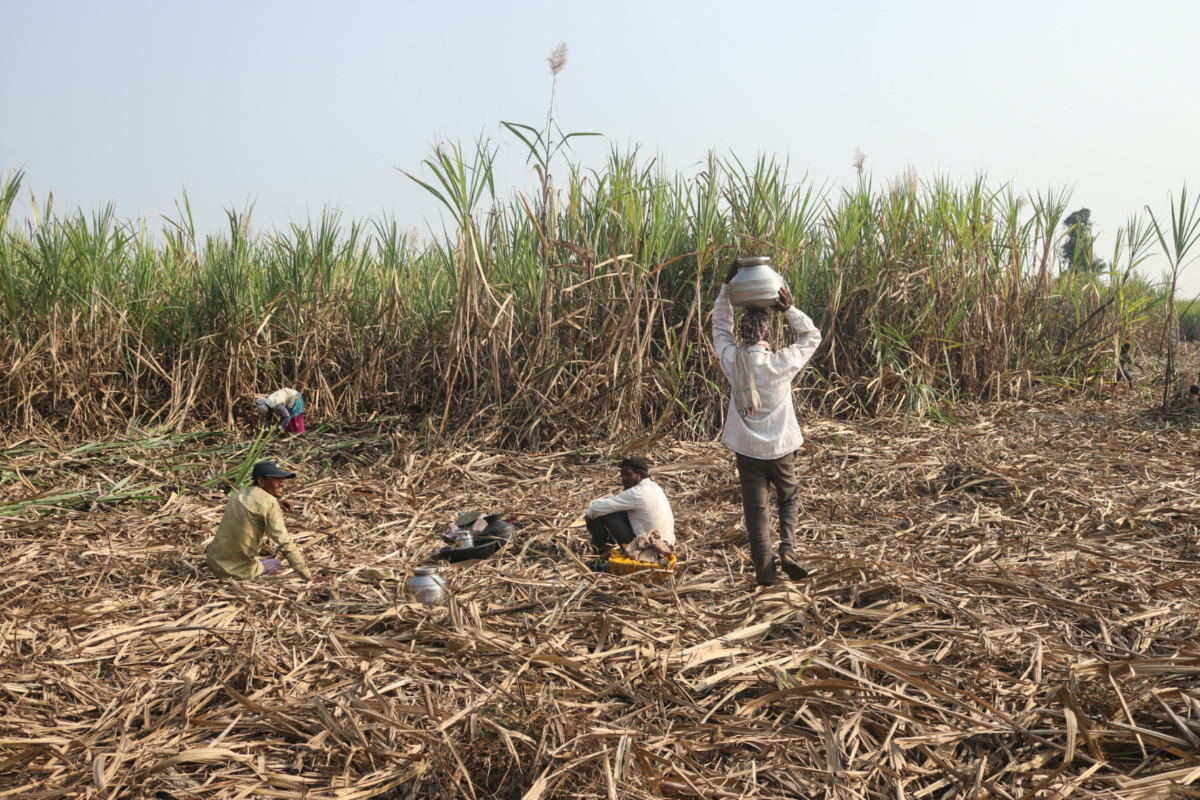
SANKET JAIN, of Thomson Reuters Foundation, reports on how climate shocks in Maharashtra ruin crops for many farmers leading some to migrate to sugarcane fields to seek work where some say they are trapped due to low pay, poor conditions…
Kolhapur, India
Thomson Reuters Foundation
For the first time in over a century, no crops are growing on the Nave family’s land in western India – and 25-year-old Nitin Nave feels guilty for failing to uphold the family’s farming legacy.
Last year, Nave and his three brothers – who own nine acres of farmland in Dhule, Maharashtra – only harvested 50 kilograms of pearl millet, a far cry from the 2,500 kilograms of various crops from sorghum to soybeans they used to reap each year before increasingly erratic and unpredictable weather ruined their livelihood.
“The produce was so little that I could sell nothing and had to keep everything for the family,” Nave said, adding that they used to earn about 9,000 rupees ($US110) a month from their crops.
He worked on other farms to make ends meet, but incessant rains destroyed crops – like cotton and wheat – there too.
“I was left with no money to cultivate anything,” Nave said, explaining that he and his family had no choice but to quit farming and seek work away from Chhavadi village – following the lead of other members of the Indigenous Bhil Adivasi community.
“When I abandoned farming, it felt like a personal loss,” he added. “This is something my [late] father, who loved farming, would never forgive me for.”
Nave and his wife travelled hundreds of kilometres with their two young children to find work in 2020 in the sugarcane fields of western Maharashtra, despite warnings from peers about arduous conditions and long hours, as well as debt bondage.

Ashabai Bhil, cuts sugarcane in a sugarcane farm in Maharashtra’s Khochi village, India, on 17th December, 2022. PICTURE: Sanket Jain/Thomson Reuters Foundation
Labour contractors – who act as middlemen between sugarcane workers and farm owners – offer cash advances based on an informal agreement about how much cane the labourers are expected to harvest that season over five to six months.
Rights activists and community advocates have raised the alarm about a cycle of debt that results in long days, illness and injury as workers struggle to work off what they owe.
“In the past four to five years, the instances of debt bondage have increased a lot.”
– Narayan Gaikwad, a member of the All India Kisan Sabha farmers’ association.
They say the situation has been exacerbated by climate change as crops fail and jobs dry up for small-scale farmers or casual agriculture workers – with many then migrating to find work but facing dwindling pay and worsening labour conditions.
“In the past four to five years, the instances of debt bondage have increased a lot,” said Narayan Gaikwad, a member of the All India Kisan Sabha farmers’ association who has spent several decades advocating for the rights of sugarcane cutters.
India is the world’s biggest producer of sugar, with a record output of 35.8 million tonnes in the 2021-22 year.
About 50 million agricultural workers and their families are estimated to rely on the industry, according to government data.
However, several labourers – including Nave and his wife – said working in the sector in Kolhapur district in recent years had made their lives worse – for financial and health reasons.

A sugarcane cutter showing his hands after working in the fields for several hours without any protective gear in a sugarcane field in in Maharashtra’s Khochi village, India. on 17th December, 2022. PICTURE: Sanket Jain/Thomson Reuters Foundation
For the last two harvesting seasons, Nave and his wife have taken an advance from a labour contractor of 40,000 rupees ($US490) – as workers typically do to start off in the sector.
The first year, they managed to cut about 145,000 kilograms of cane, with the rate of pay set at 275 rupees ($US3.30) per 1,000 kilograms.
However, when their two-year-old son fell ill with diarrhoea, the couple had to spend about three-quarters of that season’s pay on his treatment at a private hospital – giving them no choice but to return to the fields for a second season.
The couple said that constant rainfall, rising heat and 14-hour days cutting and carrying cane on their heads were badly affecting their health.
“In case we don’t meet the target, I’ll have to return even the next year,” said Nave’s wife Moni, adding that she suffered from fever, dizziness, and aches but was unable to rest due to the debt.
Seema Kulkarni, a member of Mahila Kisan Adhikaar Manch (Forum For Women Farmers’ Rights), said that Adivasi people were being poorly paid because they had little bargaining power.
“Adivasis are occupying the spaces that the traditional [sugarcane] cutters have temporarily left…[it is] linked with the depression of wages,” she said, adding that the latter were increasingly migrating to better-paying fields elsewhere.
Maharashtra’s labour department did not immediately respond to requests for comment about debt bondage in the sugar sector.
Labour contractor Bagdu Bhil said shrinking sugarcane yields meant more debt-ridden workers were returning to the fields season after season to do the “tremendous back-breaking labour”.
“Since there’s not enough cane left, they [cane cutters] return the next year to repay their debt,” said Bhil, a farmer from Dhule who also migrated to work as sugarcane cutter before becoming a labour contractor in 2021.

Dharma Bhil is cutting sugarcane in a sugarcane field in Maharashtra’s Khochi village, India, on 17th December, 2022. PICTURE: Sanket Jain/Thomson Reuters Foundation
Dharma Bhil, who like Nave moved with his wife to start cutting sugarcane a few years ago, said the changing climate had put an end to his previous work as a tractor driver in Dhule.
“The rains are causing a lot of damage [to crops],” said Bhil, an Adivasi in his early 40s.
In October, 2022, alone – the month when most crops are harvested – Dhule recorded 64 mm of rain – 179 per cent of the average rainfall for the month, according to state data.
“Now, I’ve accepted that I have to spend four to six months every year in the sugarcane fields,” added Dharma Bhil, who took an advance from a labour contractor of about 40,000 rupees and has found himself having to return to the industry due to debt.
Prolonged summer droughts followed by heavy rains have also cut cane yields, with sugar output expected to fall seven per cent this marketing year, farmers, millers and traders warned last month.
We rely on our readers to fund Sight's work - become a financial supporter today!
For more information, head to our Subscriber's page.
Gaikwad of All India Kisan Sabha said that dwindling harvests and the rise of sugarcane-cutting machines meant that conditions for workers in the fields would “get much worse”.
“This will leave them with much less work and no bargaining power,” he said.
Community health worker Maya Patil said she had seen many cases of sugarcane cutters taking steroid injections to treat pain and avoid taking breaks, and that there was a growing sense of hopelessness in the sector – especially during hot spells.
“Whenever there’s a heatwave-like condition, I’ve seen many incidents of violence,” said Patil, who has spent more than a decade helping sugarcane workers access healthcare.
Alcoholism is a problem among cutters, resulting in domestic abuse and violence against women and children, she added.

Dharma Bhil carrying drinking water which he brought from a well three kilometres away from the field where he is working with other sugarcane cutters in Maharashtra’s Khochi village, India, on 17th December, 2022. PICTURE: Sanket Jain/Thomson Reuters Foundation
But workers like Bhil and the Naves say they have no option but to endure the worsening weather and labour conditions.
Nave recalled how, after his first year cutting cane in 2021, he vowed to never again return to work in the sector.
Today, he finds himself trapped by debt with no way out.
“I am caught in this cycle now.”






